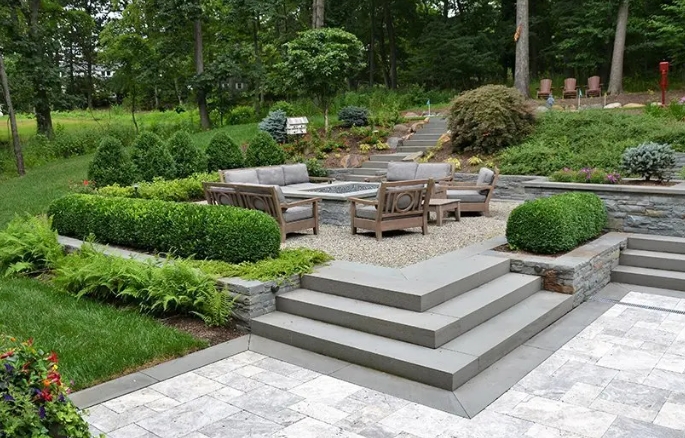English garden landscape architecture is a captivating blend of artistry and nature that has evolved over centuries. This style celebrates harmonious designs that incorporate plant life, water features, and natural elements, making it a timeless inspiration for garden enthusiasts and landscape designers alike. In this article, we will explore the key characteristics of English gardens, their historical significance, and practical tips for creating your own piece of this enchanting tradition.
The Essence of English Gardens
At the heart of English garden landscape architecture lies a focus on natural beauty. Unlike the formal gardens of the past, English gardens embrace a more relaxed design, filled with diverse plant species that flourish together. This style often features sprawling lawns, picturesque flower borders, and meandering paths, creating a sense of tranquility. The goal is to encourage leisurely strolls where visitors can appreciate the seasonal blooms and changing hues. Understanding these foundational elements is crucial for anyone looking to create a garden that resonates with the charm and comfort of traditional English landscapes.
Historical Influences on Design
The evolution of English garden landscape architecture is deeply intertwined with historical movements. The 18th-century shift towards Romanticism emphasized natural aesthetics, leading to the creation of “natural” gardens that mimicked untouched landscapes. Pioneers like Capability Brown revolutionized garden design by integrating sweeping vistas and lakes into their creations. As Victorian ideals took hold in the 19th century, elaborate flower beds and exotic plant collections emerged, reflecting the era’s fascination with exploration and botanical diversity. This rich history informs the contemporary practice of garden design, encouraging modern gardeners to blend tradition with personal expression.
Creating Your Own English Garden
Creating an English garden requires careful planning and a love for biodiversity. Start by selecting a variety of plants, including perennials, annuals, and shrubs, to ensure year-round interest. Incorporate features like trellises, benches, or a small pond to invite relaxation and contemplation. When laying out your space, aim for a naturalistic flow rather than rigid symmetry. Remember, an English garden thrives on spontaneity. Don’t be afraid to let plants create a sense of wildness. With thoughtful consideration and a touch of creativity, anyone can cultivate a garden that honors this beautiful tradition.
In conclusion, English garden landscape architecture holds a special place in the hearts of gardening enthusiasts and design aficionados. By understanding its key elements and historical significance, you can develop your own garden oasis that evokes the tranquility and beauty of English landscapes. Dive deeper into this enchanting world, and consider how you might bring a slice of English garden charm into your own backyard. Happy gardening!

